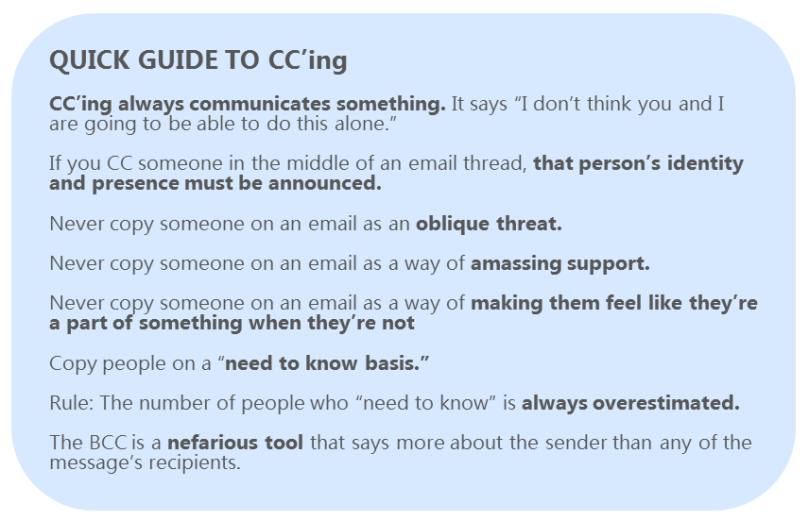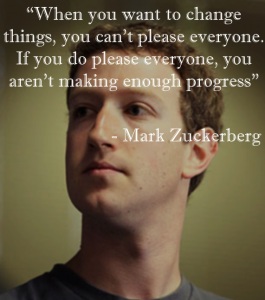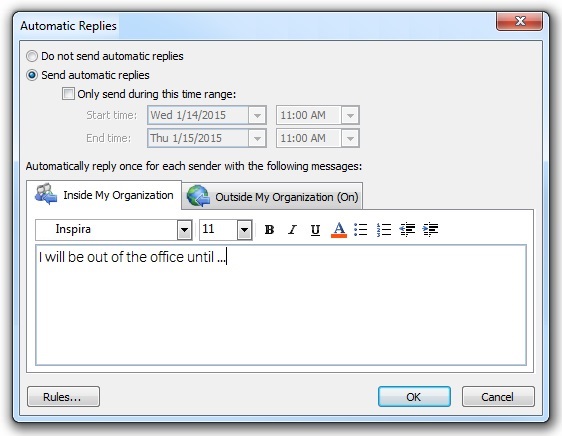
This article by Paul Tolton, Director at KPMG originally appeared on LinkedIn:
Managing Expectations
I recently had an earache. After several visits to my GP and numerous ineffective drops and pills, she sent me to an ENT doctor. I later found out it meant “Eyes Nose and Throat” doctor and not ENTertaining doctor as I had much hoped.
After reading three articles on the latest research on rhinoplasty, I was ushered into to his small neat office. The doctor was a well-rounded, soft-spoken gentleman whose attempt at growing a beard was more than slightly less than successful.
“I’ll just look in your ear,” he said which increased my confidence in his abilities immensely. He peered into my aural canal and made gentle but disparaging noises. “There is some debris in there.”
The next thing I know is that I am hearing one of the strangest sounds I have ever heard. It was as if he had taped the squeaking sound that a balloon makes when you pinch the end of it, played that sound backwards and then he added the sound of individual angry popcorn kernels popping. At first, I was delighted with this new noise, until the pain started.
It felt like a pterodactyl was attacking me eardrum. I gripped the chair and one of my legs flailed uncontrollably as pain ripped though my body. And it went on until it stopped.
I gathered my composure, wiping a single tear from my eye and asked, “Did you just vacuum my ear?” “Yeeeeees,” he said as he smiled, eyes bulging in muted excitement.
Give me a little warning
If you are going to do some non-evasive evasive mucking around with my lughole, please let me know beforehand. Give me a few moments to prepare, brace myself against the oncoming flood of terror and put on a manly facade.
Giving people warning allows them to prepare. Giving people warning is managing their expectations.
Imagine you are at home and a friend pops by and says, “Let’s go for a drive.” You leap into the passenger seat full of excitement and joy. Half an hour later and wildly exasperated, you turn back to get your passport. If your friend had said, “Let’s go for a drive to another country,” you would have grabbed your passport, iPod, some snacks, that book you keep promising yourself to read, some motion sickness tablets, a blanket and a set of signal flares just in case. If you are expecting a long journey, you prepare for a long journey. If you don’t know what to expect, how can you prepare?
Task
If you are a manager setting a task, you need to be very clear about the expectations. If you throw a job at someone, maybe they will spend way too much time on it or dash it off while reaching level 324 on Candy Crush.
If you say to someone, “I am doing a presentation next Monday. I need some information about the Integrated Resorts focusing on original projected profits, actual profits and future profits. Spend no more than two hours on it and make it one page and no more than 500 words. Graphs would be useful. Please send it to me on Thursday morning,” I bet you would get want you want.
If you said, “I need something on casino profits, “you may end up with a 600 page history of Las Vegas including some strange speculations about the Hilton fire of ’81.
It takes a little more time, but you get want you want the first time and that saves time.
The missing context
Imagine you are heading back from a client and you get the following email from your manager. “Come and see me as soon as you get into the office.” How would you feel? Probably a little nervous and you would prepare to be shouted at.
If the message was, “We have possible new client that we are meeting tomorrow and we would like you on the team. Come and see me as soon as you get into the office. Thanks.” You would probably be excited and ready to contribute.
If we manage expectations, people are prepared.
Easy or hard?
Many years ago I did a two-month intensive course. At the interview for the course, they basically promised me hell. “Forget your friends for two months. You are going to lack sleep and lose weight. Go buy vitamins now.” And they delivered.
Because I knew what was coming up, I did prepare, right down to a study schedule and the 2 drinking days I gave myself as a reward.
If something is going to be difficult, say it. Never sell by covering something with icing sugar because the reality will dishearten and demotivate. And never promise the world when you can only deliver a small part of Madagascar. Be open and honest with your communication so people know what is coming.
If my ENT man had said, “I am about to vacuum your ear. This is going to hurt a bit but it will only last for two minutes” I would have been ready, willing and able. But he never said those words and I have a new doctor.







